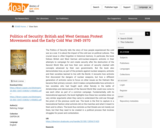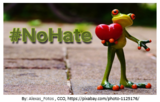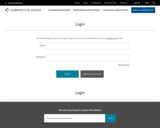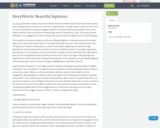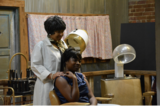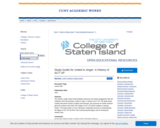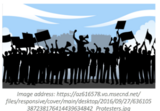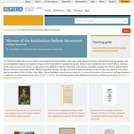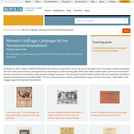
The history of Asian American Pacific Islander Desi Americans (APIDA) in the United States is an integral part of American history. Since the day Asian immigrants arrived in America, they have contributed to and shaped the way the country is today. From labor activism to fighting for school integration and citizenship rights in the courts, APIDAs have faced adversity and opportunities to create roots in the U.S. Building coalitions together with other minority groups, APIDAs have been a part of historical achievements including the Civil Rights Act of 1964, Immigration and Nationality Act of 1965, and Title IX. Today, as one of the fastest-growing minority populations, APIDAs have a choice to make on how they will make positive and effective changes towards the future of the United States.
2021 Social Science Standards Integrated with Ethnic Studies:
Civics and Government: 5.1, 6.4, 7.5, 8.7, 8.9, 8.10, HS.2, HS.9, HS.11
Geography: 5.13, HS.51
Historical Knowledge: 5.22, 6.20, 6.21, 8.22, 8.25, HS.52, HS.58, HS.63, HS.64, HS.65, HS.66
Historical Thinking: 7.25, 8.31, 8.32, HS.68
Social Science Analysis: 5.26, 5.27, 6.24, 6.26, 6.27, 6.28, 7.27, 7.29, 7.30, 8.33, 8.34, 8.36, HS.71, HS.72, HS.73, HS.74, HS.75, HS.76
- Subject:
- English Language Arts
- History
- Social Science
- U.S. History
- Material Type:
- Lesson Plan
- Author:
- The Asian American Education Project
- Date Added:
- 02/01/2023
